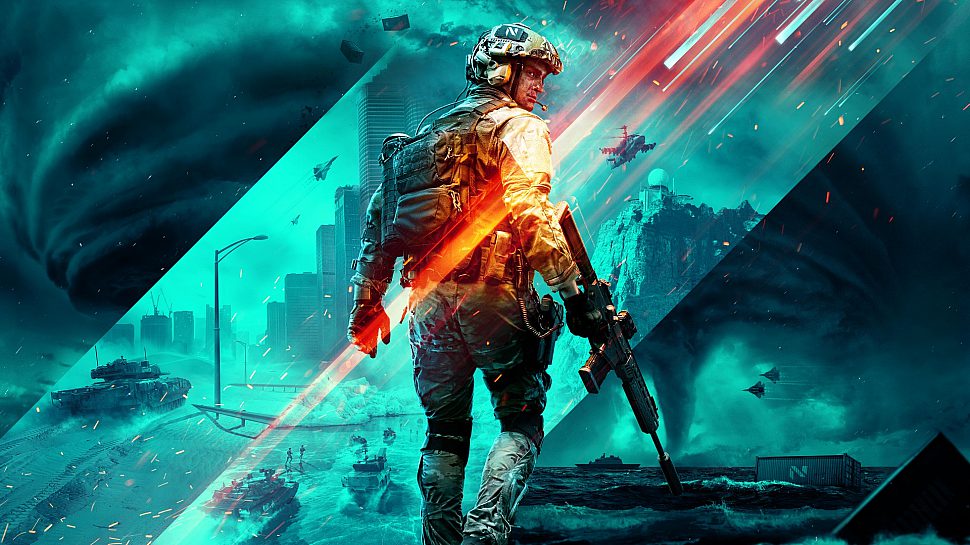The adaption of Artificial Intelligence and Machine Learning solutions is seen in many industries and on different levels, scaling from implementation in large multinational corporations to more smaller, local implementations. The emulation of human tasks through learning and automation has proven to be more than just a ‘first world’ phenomenon. In fact, AI is contributing to the UN Sustainable Development Goals (SDG’s) in a few different ways. For example, the AI-powered analytics of crop data can help identify disease ridden crops, which contributes to SDG 2; Zero Hunger. Also, AI can be used in health care procedures, thereby contributing to SDG 3; Health.
Another application of Artificial Intelligence where it’s power to better the world is seen, is in disaster relief. Following the 2015 earthquake in Nepal, for example, The United Nations Office for the Coordination of Humanitarian Affairs used an Artificial Intelligence powered system to pinpoint the location of people that had been gone missing. Supported by drones, the affected area was mapped and the destruction the earthquake left was swiftly assessed using AI.
Artificial Intelligence can not only be used in the aftermath of disaster, also before disaster has struck AI can be of help. Predictive AI programs are used to accurately predict seismic activity, wildfire risk, floods and hurricanes. Using this technology, emergency services and governments have additional valuable response time in which they can prepare aid programmes, evacuate civilians from the area in which a disaster is predicted by the AI.
When used well the insights AI offer on disaster has the potential to speed up our understanding of the manifestation of natural hazards. Currently, the challenge lies in gathering enough information so that the volumes of data being used to train the AI algorithms can grow. When these volumes of data grow large enough in the future we can possibly shift our disaster response from being reactive, to more proactive.
Sources used:
Can AI help tackle the most pressing challenges in developing countries?
Artificial intelligence for disaster management: that’s how we stand


